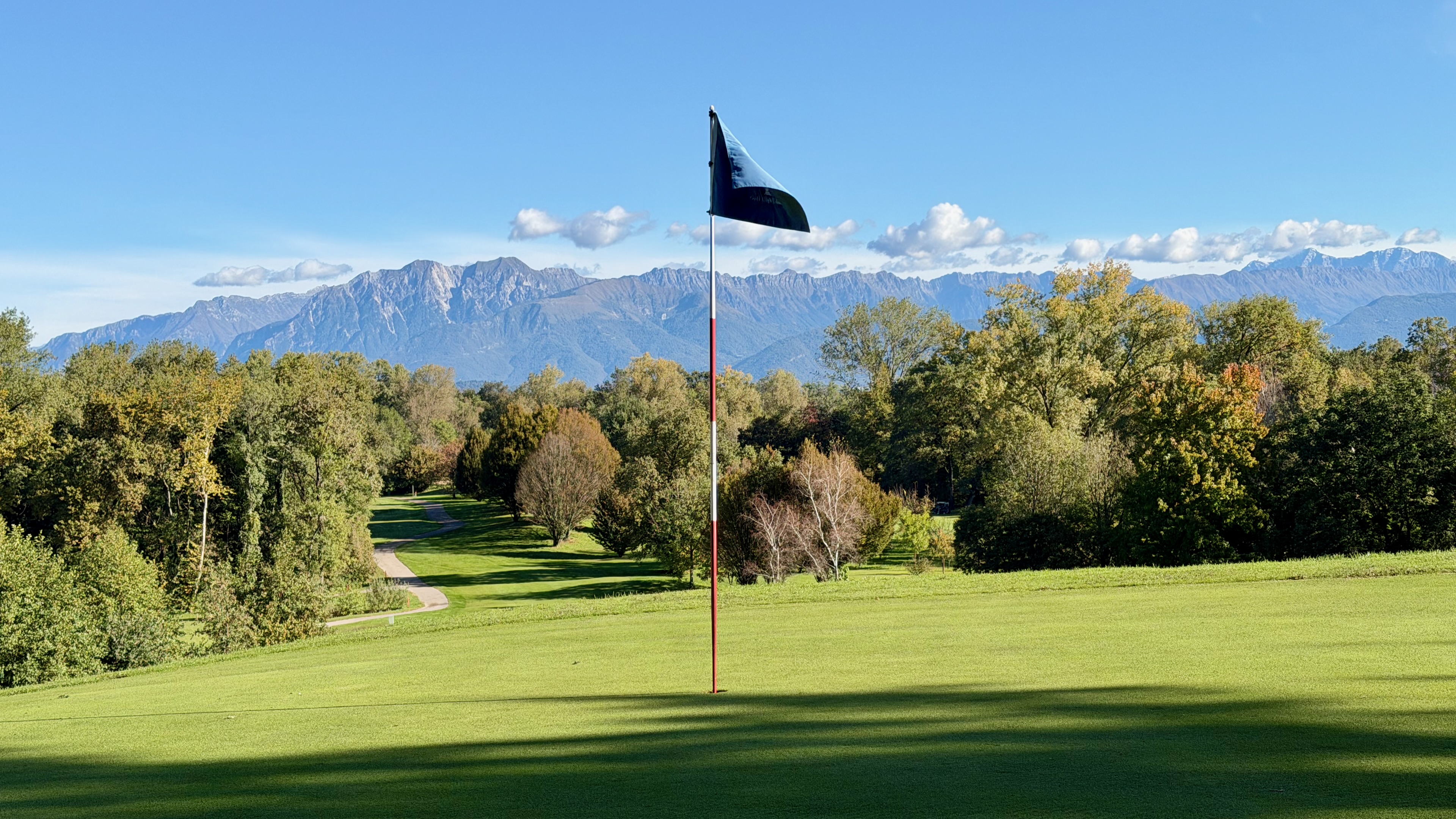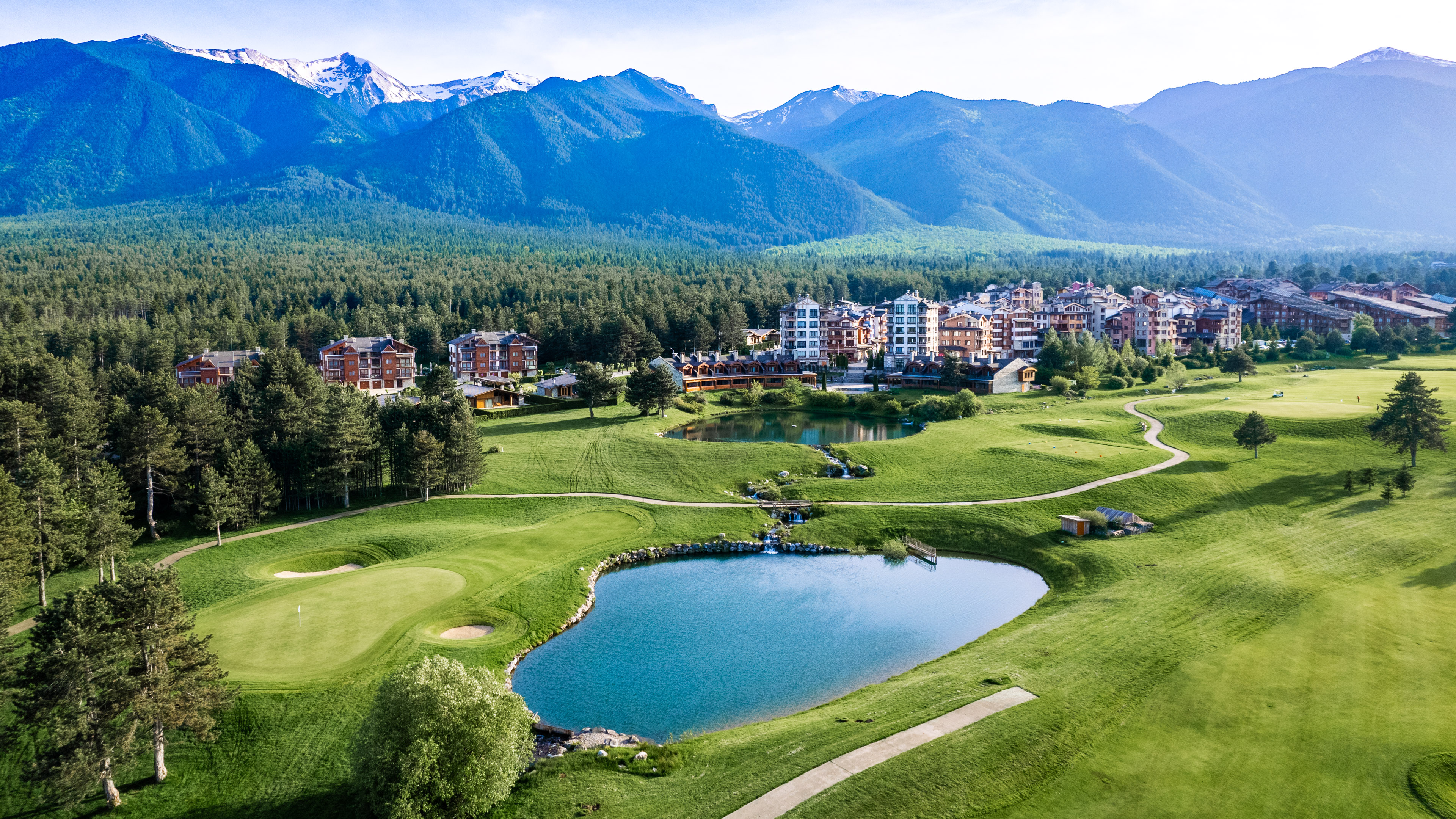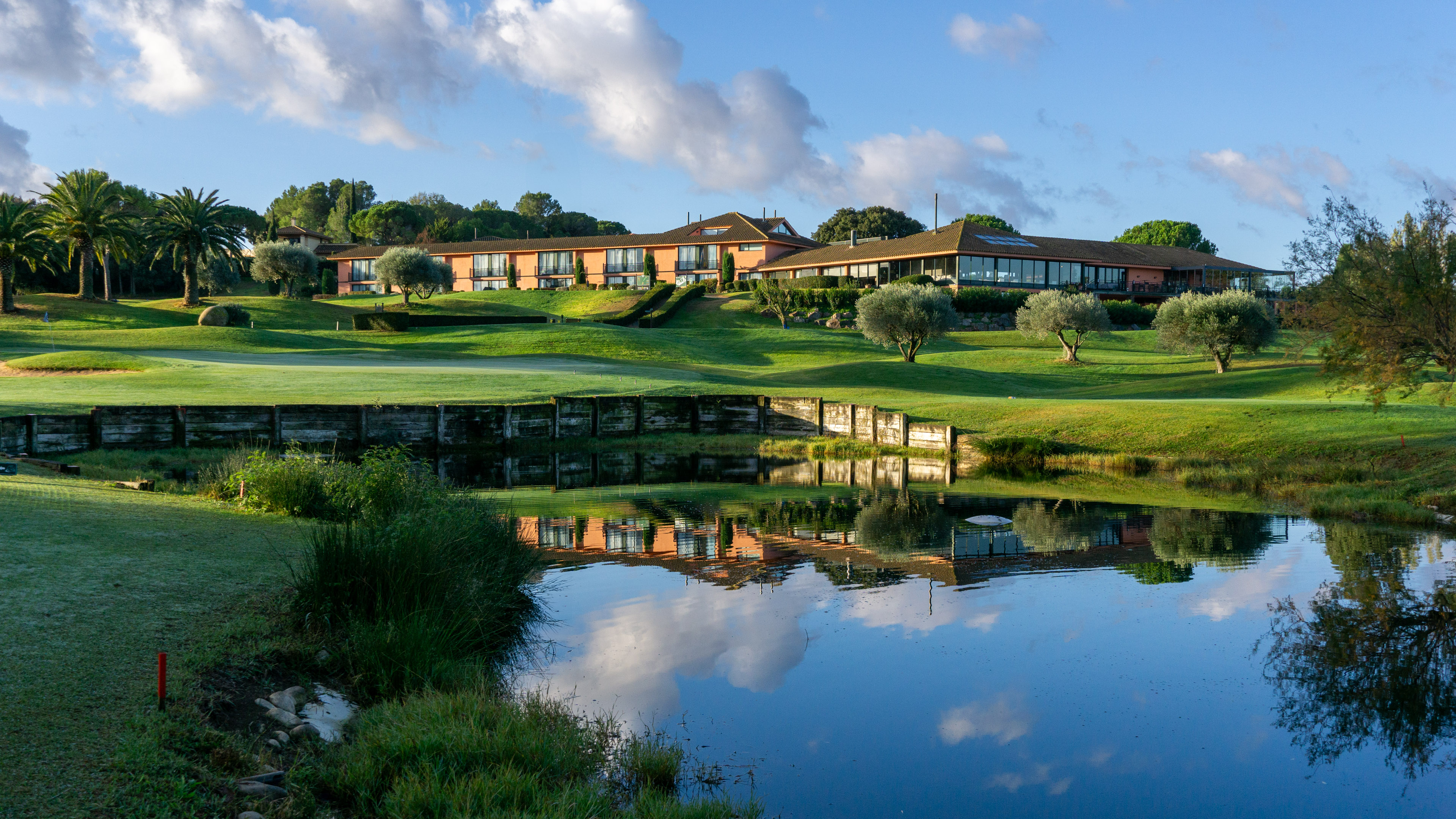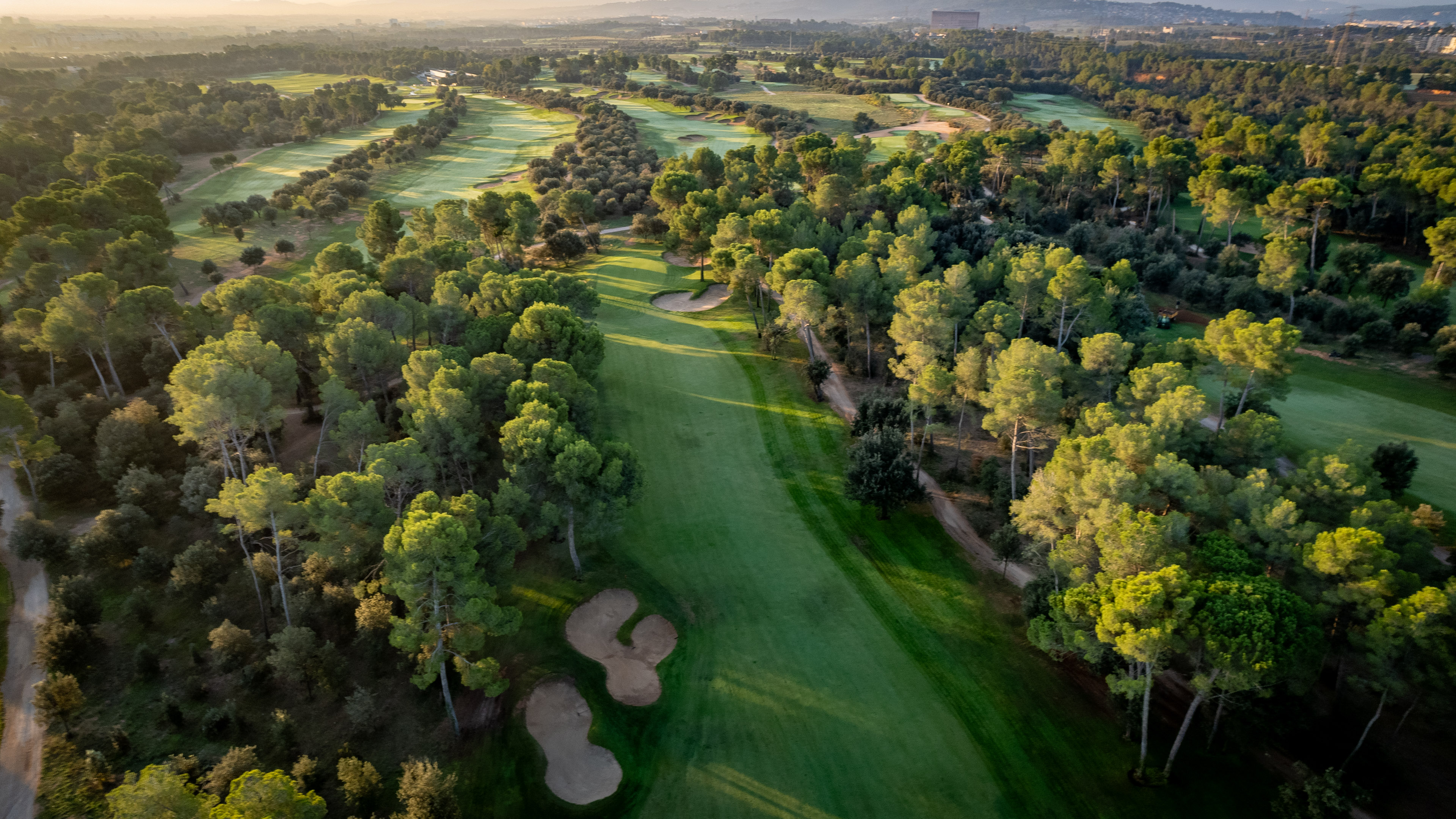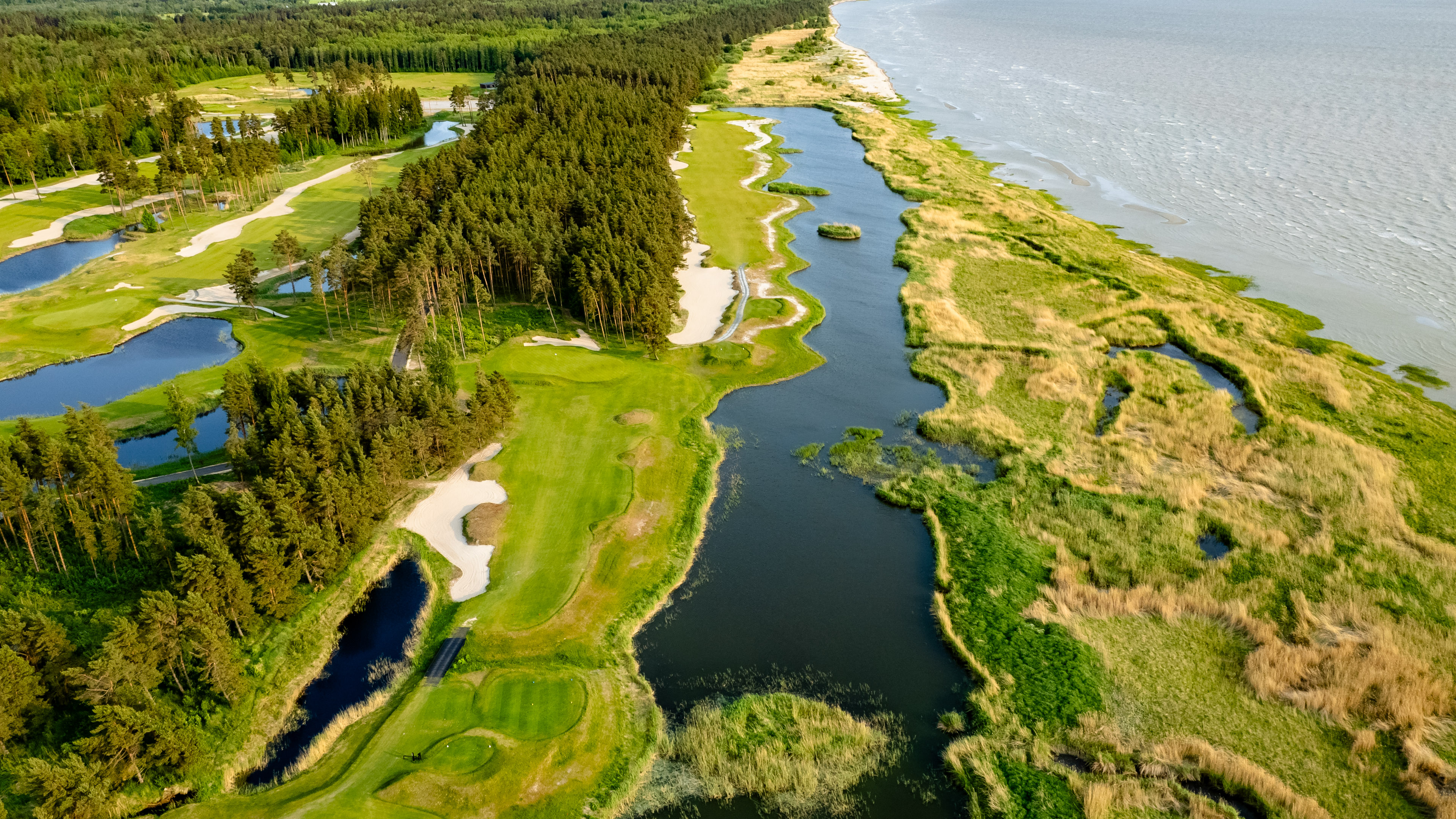Chantilly has been home to high society wanting to get away from the hustle and bustle of Paris since the 18th century. After all, it was only a day’s horse ride from town and it featured a beautiful château built by the Prince de Condé. At the beginning of the 20th century, all it needed to secure the ultimate finesse was some very good golf courses. Enter, golf course architect Tom Simpson.
In the 19th century Chantilly outdoors life was all about horses and hunting. The royals in town loved everything equestrian, and Condé had built stables larger and grander than most European countries’ palaces.
These equestrian pursuits had brought into Chantilly a community of Englishmen to work with the horses. The English had some funny games that they liked. It was probably no coincidence that some of France’s finest golf courses were eventually built in and around Chantilly.
Today Chantilly is one of the best places for golf in all of France. You have the stately and very traditional Golf de Chantilly with two courses. Its finest course, Le Vineuil, regularly makes the top five lists in France and is always mentioned as one of the best in continental Europe. The second course, Les Longères, has been used as a French Open qualifier.
The eccentric Mr Simpson
Tom Simpson was brought in to Chantilly, in Picardie just north of Paris, and ended up designing Le Vineuil, a masterful parkland course that brings in elements of heathland design from his home country. In addition, he designed a second shorter course, Les Longères.
The eccentric Mr Simpson, known for his art and needlework, his collection of Persian rugs and cigars, and his tendency to speak passionately about the beauty of his own designs, was kept busy in Chantilly.
A second club, Lys Chantilly, hired him. Though less known today than its posh neighbor, it managed at that time to secure Simpson to lay out a beautiful track: Les Chênes, opened in 1929.
The Lys Chantilly golf club was part of a residential club-style community created on the other side of Chantilly from Vineuil by Mrs Marthe Hanau, nicknamed La Banquière. This was because she made a lot of noise in the financial world, where only men were supposed to have a voice in the 1920s. She was looking for a quiet weekend place with all the sports amenities of the time for herself and her class friends of the ‘haute bourgeoisie.’
Lys Chantilly also has two courses, and the second course, Les Bouleaux, was designed in 1976 by Patrick Cros, with further work done in 1990 by Robert Berthet. Elsewhere in France, Simpson designed Hardelot (Les Pins), Chiberta, Fontainebleau and 27 holes at Morfontaine, near Chantilly.
You could easily spend several days in and around Chantilly, not only for golf but also for history and architecture. If you want to see the Château de Chantilly, for example – and be assured you do, not only for the sheer size and grandeur of the palace, but also for the stunning collection of paintings from all over Europe – you could probably spend a day at the main palace and another day at the stables and equestrian museum.
Don’t miss the neighboring town Senlis, with its charming old town and impressive 12th century cathedral.
But of course, the golf is always most important. You will love the Vineuil course at Golf de Chantilly. It is a handful, par 71, 6494m from black, 5630m from yellow and 4888m from red (for ladies it is par 73). It opened in 1909, and has hosted several French Opens, the first one being in 1913. Some critics, though, feel that the stature of Le Veneuil was lessened when the club decided to ‘give’ the last three Vineuil holes to the sister course Les Longères in a swap for what has become the holes 9-11 on Vineuil. This was done to make two nines on Longères, both coming back to the clubhouse. For certain tournaments, the original Vineuil layout is still used.
We visited in early, early spring – mid-March, when the trees had yet to start budding. Still, it was beautiful and in immaculate condition.
The course starts with a 412m (from the back) par four, which is a par five for ladies, at 358m. A full 10 bunkers are in play on the hole.
It may be a scary start, but the surrounding landscape will soothe your frustrations. It is gently undulating, and the bunkers seem so curvy and benign, you will love their looks – even while standing within them. You may love them so much that you secretly rejoice when you fail to get out of them with your first shot. Well, maybe not that much.
The first nine holes take you zig-zagging through the forest, designs that always, it seems, throw a bunker at you in the spots you might like to land. The 8th hole is a long par five, 566m from the back.
The last three holes are memorable. The 16th crosses a massive ravine right before the green – laying up may be the smart thing to do. The 17th is a downhill par three with a steep slope all along the right and bunkers awaiting mis-hits on the left and right sides of the green.
The 18th is a dogleg right, and when you turn the corner and see the Chantilly clubhouse behind the green, you might be reminded of some famous English clubhouses.
The Oaks
Lys Chantilly is on much flatter terrain than Golf de Chantilly, and it feels like it’s set deeper in the forest and is more secluded. You will first notice feeling very welcome as a visitor in the light, airy and modern-styled clubhouse, which is placed so that the first tees of both courses, and the 18th greens of both courses, all converge next to it.
The two Lys Chantilly courses are quite similar in feel – and in fact the club seems to change the tracks, swapping holes from one course to the other when needed (and renaming the routes the Blanc and the Jaune courses). Lys Chantilly is all about its placement among the mature trees (Les Chênes means ‘the oaks’) – there is even a big one sprouting up from the middle of one of the greenside bunkers.
Les Chênes is a par 70, 5905m from the back, with four sets of tees to choose from.
The greens tend to be subtly shaped and run true – the main challenge on this course is the distance, the bunkers and the penalizing rough. If you hit it in the woods you can most often forget about it.
Some of the most memorable holes are on the back nine. On the dogleg 10th you have to be careful from the tee, as two very large bunkers cross the fairway right at the turn.
The 14th is a long par four, 372m from the back tees. The approach into the green is protected by two large oaks and a bunker 30m out – in addition to the two larger greenside bunkers.
To finish you’re faced with a 448m par five from the back, a slight dogleg right. If you hit your drive well, you might be thinking ‘birdie’. Or perhaps, if your day is not going quite right, you might be thinking ‘less than double bogey.’ Either way, your round is almost done, and you can then look forward to some fine French cuisine, some foie gras and a bottle of rouge to cheer you up.


